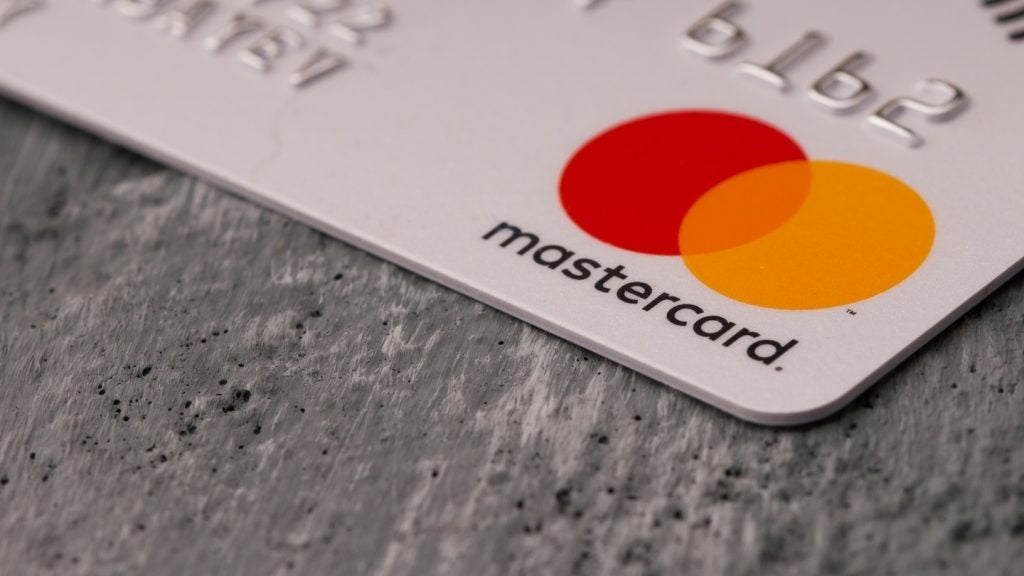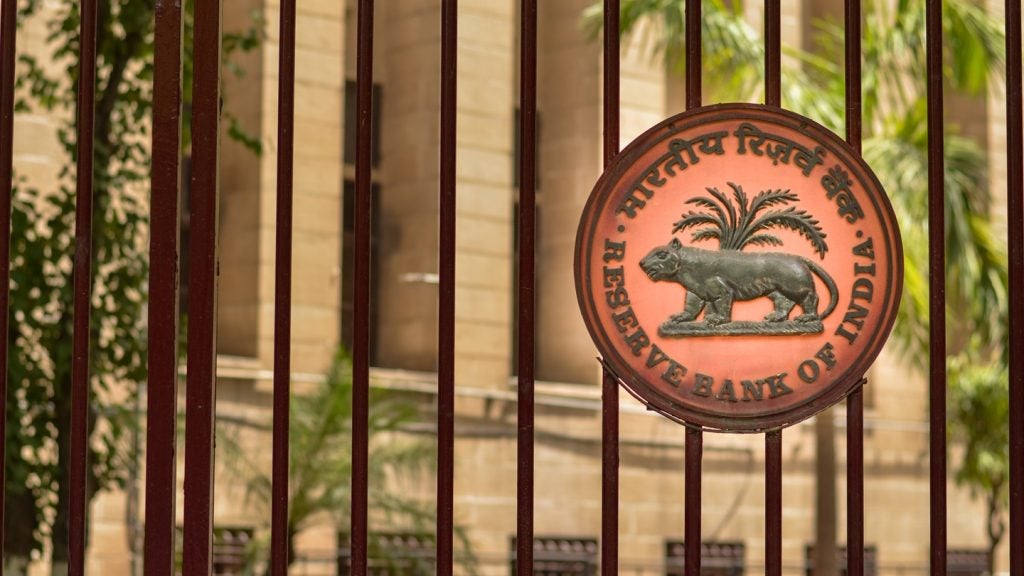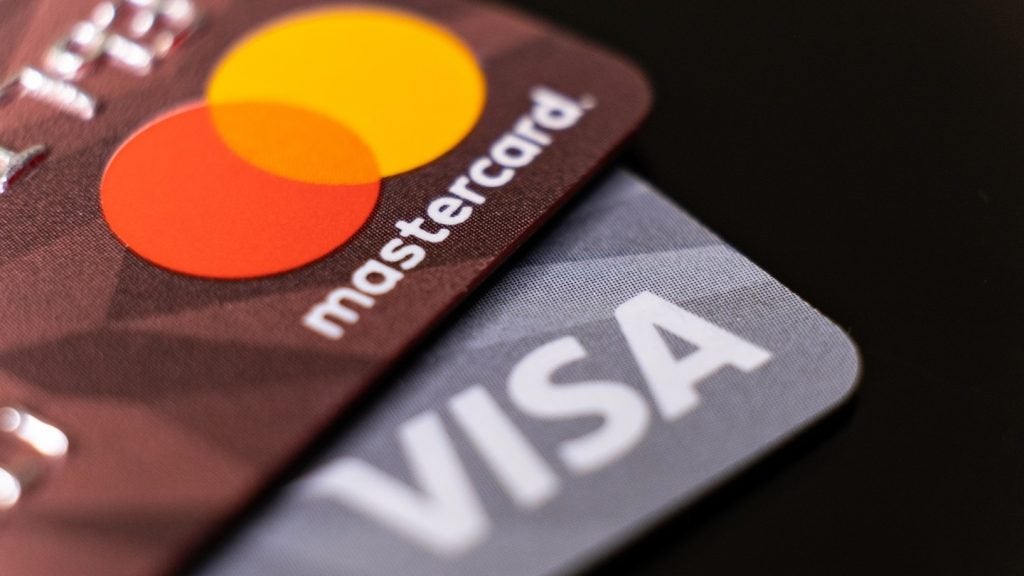Many in the payment industry have touted
biometrics as the way forward in transaction authentication. Voice
Commerce, founded by e-commerce pioneer Nick Ogden, is one
organisation that is riding the wave of interest with the use of
voice signature technology. Victoria Conroy
reports.
 Payment card usage is relatively straightforward for
Payment card usage is relatively straightforward for
consumers: they simply swipe or insert their cards, punch in their
PIN or sign a slip, and complete their purchase. Likewise, making
purchases over the internet or on the phone seems easy enough, bar
the requirement for the customer to verify their identity before
their transaction is approved. Of course, what goes on unseen is
the process of authorisation and authentication, where banks have
to ensure that the cardholder’s identity is genuine in real time
before the transaction can progress.
In this regard, many cardholders would
argue that technology has actually made the process more
complicated instead of simpler and quicker. Aside from having to
remember account numbers and PINs, answers to security questions
and passing other layers of security, transactions made over the
phone can seem to the cardholder like an arduous process.
It is with this in mind that Voice
Commerce, a UK-headquartered provider of voice signature technology
services and payment processing, is making a name for itself not
just in the UK but also abroad, as financial organisations and
those in other sectors aim to improve their authentication
processes and cut down on incidences of identity theft.
Voice Commerce was founded in 2005 by
e-commerce pioneer Nick Ogden, the creator of the WorldPay global
internet payment system, which was later acquired by Royal Bank of
Scotland (RBS) in 2002 and subsequently became RBS WorldPay.
“I built Europe’s first online shop [Wine
Warehouse] back in the heady days of 1994, and that then led me to
meet up with a team from Barclays Bank to build Barclays Square in
1995, which was the world’s first bank-endorsed e-commerce site,”
Ogden told CI.

US Tariffs are shifting - will you react or anticipate?
Don’t let policy changes catch you off guard. Stay proactive with real-time data and expert analysis.
By GlobalDataIt was after the launch of Barclays Square
that Ogden spotted a gap in the internet market for multi-currency
payment processing, enabling consumers to buy in their domestic
currency and make value-for-money judgments, and this led to Ogden
founding and launching WorldPay in the late 1990s.
“We grew quite rapidly and started
aggressively trading in 1999,” he says, with the company quickly
growing to having 270 employees worldwide and a roster of over
20,000 merchants which the company provided processing services
for. Ogden’s experience with WorldPay gave him a platform from
which to expand into other areas of the payment industry.
“WorldPay invented the internet payment
guarantee, and why we did that was because we felt that we had to
stand up and say to people that the internet was safe to use. After
we launched our guarantee product, which WorldPay still uses, we
worked with Visa and MasterCard on the launch of Verified by Visa
and MasterCard SecureCode online authentication services
respectively,” Ogden told CI.
RBS’s loss is Voice Commerce’s
gain

However, this level of success in such a short space of time wasn’t
altogether fortuitous for WorldPay, with the company being acquired
by RBS in a hostile takeover in 2002.
Having made his mark in the internet
environment with WorldPay, Ogden then began to mull where payment
services and authentication might be headed next and this led to
the birth of Voice Commerce.
“While I was at WorldPay I came up with
the idea – rightly or wrongly – that the next generation of payment
and transactional services was going to use voice,” he said. “The
internet was something of an anomaly, as people would shop online
and spend vast amounts of money, but there was no human interaction
– whereas normally, the retail experience requires human
interaction. I don’t think there are many shops you go into where
people don’t talk to you. It always struck me as ironic that this
particular component didn’t exist.”
“Equally I felt that there was a major
opportunity for voice transactions, but having built [UK mobile
telecom operator] Vodafone’s mobile payment products at WorldPay, I
felt that it was probably going to be a system that was developed
outside of the mobile phone operators, rather than something that
was built within the mobile phone operators.”
“We built a voice-enabled payments
gateway, which effectively allowed us to process transactions using
voice, and a couple of years ago we decided that we needed to move
into the area of authentication, and got involved in voice
biometrics and examining how voice biometrics could potentially
work within the whole transaction chain.”
Having spent around $12 million on
research and development, in June 2007 Voice Commerce launched
Voice Pay, based on the usage of voice signatures, which the
company claims is the world’s first voice-verified payment
processing system. Consumers complete a one-time-only enrolment
process during which a few spoken words are used to generate a
unique biometric voice signature. Subsequently, whenever a purchase
is made, the user verifies the transaction over the phone with the
voice signature.
“A voice signature effectively allows
people to open an account and to sign for payments via a mobile
transaction. We’re now in discussions with a number of banks, and
we have a very large network we’ve built to effectively create
centralised repositories for voice signatures for banks and other
financial services organisations, where identity verification and
transaction authentication processors are going to be
required.”
The rise of card
fraud
Of course, the advent of e-commerce also
heralded a new era in card fraud, with fraudsters worldwide
retaining the irritating habit of managing to stay one step ahead
of anti-fraud initiatives, especially when it comes to
card-not-present transactions. However, Ogden says that in this
regard biometrics, and particularly voice signature technology, can
significantly simplify and strengthen the authentication
process.
“Where we’re coming from with our voice
signature technology is to say that if you go into any bank
anywhere in the world to open an account, they will ask you to give
them a printed signature, which is completely useless because
signatures aren’t shared between banks and are rarely distributed
within the bank that you’ve opened the account with.
“What we’re saying is that when someone
opens an account with a bank, the bank should take a voice
signature from them. What you can then do is use that voice
signature to authenticate any type of transaction. The voice
signature is unique to the individual and it means that you can
validate card transactions far more elegantly than you do today.
What it does is address the way that accounts are opened, right at
the basic level.”
Biometrics certainly hold some appeal to
consumers. Research released by Unisys in 2007 found around 92
percent of UK consumers and 69 percent of US customers surveyed
would prefer banks, credit card companies, health care providers
and government organisations to use biometric technologies to
verify identities, rather than other protection measures such as
smart cards, security tokens, passwords and PINs. Banks such as ABN
AMRO (now part of RBS), ING and Chase are just some of those who
have rolled out voice biometric authentication in some areas.
However, although biometrics have been
touted by some in the industry as the ‘holy grail’ when it comes to
fighting fraud, there are some logistical challenges involved with
voice authentication.
“There are basic things – for example if
someone has a bad cold and can’t speak properly, voice
authentication won’t work,” Ogden said. “If someone is doing a
mobile transaction from an outside location, background noise such
as loud traffic can make it impossible to detect what that person
is saying. Mobile phone networks have their vagaries – often signal
quality fluctuates or is poor.
“What we’ve had to do is engineer systems
to give us a 99.6 percent first-time authentication ratio, which
includes automated call-back systems. For example, if there’s
massive noise on the line we end that transaction, but we know who
is making that transaction so we can then call them back and
restart the process. There’s no aggravation for the customer, bar a
little bit of extra time,” Ogden added.
Expansion into other
areas

In June 2008 Voice Commerce launched the Voice Transact payment
processing service, enabling global financial institutions to
authenticate transactions using voice signatures with risk-based
biometric authentication technology – the service can also
integrate with all current banking and financial transaction
processing systems. Also in 2008, Voice Commerce acquired Perpetual
Payments, a merchant account provider.
“The reason for that was to bring into the
product portfolio the equivalent of WorldPay into the group, so
that we could do merchant acquiring,” Ogden said.
“We also have an issuing activity which
will be rolled out later this year. We’re signing up about 300
merchants per month for a range of different payment processing
services.”
In December 2008, Voice Commerce added its
name to the membership of the PCI Security Standards Council, a
global body set up to enhance payment account security by driving
awareness of PCI security standards. As a participating
organisation, Voice Commerce will work with the Council to evolve
the PCI Data Security Standard (DSS) and other payment card data
protection standards.
In terms of Voice Commerce’s geographic
customer market base, Ogden said that North America is growing
quickly, as is Europe.
“We’re seeing quite significant growth
from the Asia-Pacific region as well, so it’s spread around,” he
said. “Things are looking good – despite the economic
downturn.”
“In the UK, we’re picking up a lot of
customers who have been declined by banks at the moment, but I
think that’s just the nature of the beast. When we launched
WorldPay it was when the dotcom bubble burst, and if you went to a
bank for a merchant processing account you would be refused
straight away. We’re almost in the same position again – the credit
crunch means banks are concerned about business solvency and so on,
and we’re directly liable for losses. We take a pragmatic view of
the way that we manage risk, and we’re now supporting a number of
businesses as a result of that.”
An opportunity to rebuild
trust
With banks’ reputations being hammered
relentlessly, Ogden sees the current economic turbulence as an
opportunity for banks to forge deeper relationships with their
customers, especially when it comes to the issue of trust between a
bank and its customers. And the use of voice signatures gives
customers a greater sense of control over the transaction process
itself.
“We live in interesting times. One of the
things that I think every bank that we talk to is looking to try
and do is create and re-establish in some circumstances a greater
amount of responsibility and trust with their customers,” he
said.
“If you look at the way that PINs are
issued, when a PIN gets compromised, the customer will blame the
bank irrespective of whose fault it is. Within a voice signature
environment, that can’t happen. The only person who can sign for a
transaction is the person with the voice. Voice signatures conform
to the EU digital signature mandate, so there’s an actual audit
trail to the transaction itself. So if somebody signs a transaction
using a voice signature, the bank is pretty much in the clear and
they don’t have any liability or responsibility – it’s down to the
consumer.”
Ogden believes voice signature technology
has many advantages over other forms of biometrics, such as
fingerprint and iris scanning.
“I think all biometrics are brilliant so
I’m not knocking any of them, but the major issue with fingerprint
technology is the maintenance of the actual fingerprint
readers.”
“What we wanted to do was come up with a
system that anybody could use, where they didn’t have to install
any software or buy any hardware. For a phone transaction you don’t
need any special software, you just have to dial up a certain
number like a regular phone call. Voice may well become the
standard as opposed to chip and PIN. Chip and PIN is restricted to
retail, but using voice signatures goes across everything. There’s
no transaction you can’t authenticate with voice.”
Cost and revenue
benefits

Alongside cutting down on the risk of fraud, organisations that
implement Voice Commerce’s services also get reduced payment
processing rates.
“If they are a business, they will get 50
basis points off any transaction they process as long as it’s
voice-signed and it will also be guaranteed. There is an immediate
cost saving there,” Ogden told CI.
“If it’s a bank or a financial services
organisation, it depends where they deploy it. If, for example,
they roll out with the Voice Transact platform because they want to
exploit the market for mobile payments, then there isn’t actually
any cost as it’s revenue-generating and we will have a shared
revenue agreement with them. If they just want to use it for ID and
verification, say at a call centre or internet banking level, there
are associated costs. But what they’re doing is adding a new layer
of customer authentication and removing other issues because of the
lack of security with some of their existing systems.
“We’re getting an awful lot of interest in
this. Very soon we will be deploying voice on a national basis in a
very significant European country,” Ogden added.
“If you were to take a four-year view,
which is what we’re doing, if a bank starts to implement with us
now we would recommend they go for mobile payments because it will
start to generate revenues. By the end of the four-year period – it
will probably take that long – they would probably have about 70 to
80 percent of their customer base enrolled. They would then be
cutting down significantly on inbound calls at call centres,
because 99.6 percent of the authorisations are being handled off
the interactive voice response system and they can be handled on a
multilingual basis as well.
“Even if you’re a UK bank, you’ve got
customers who speak different languages and you can start to
deliver solutions to them in their own language. The cost savings
become quite considerable. Effectively the voice signature platform
becomes your bank on your phone, the same as having a conversation
with a branch teller.”








